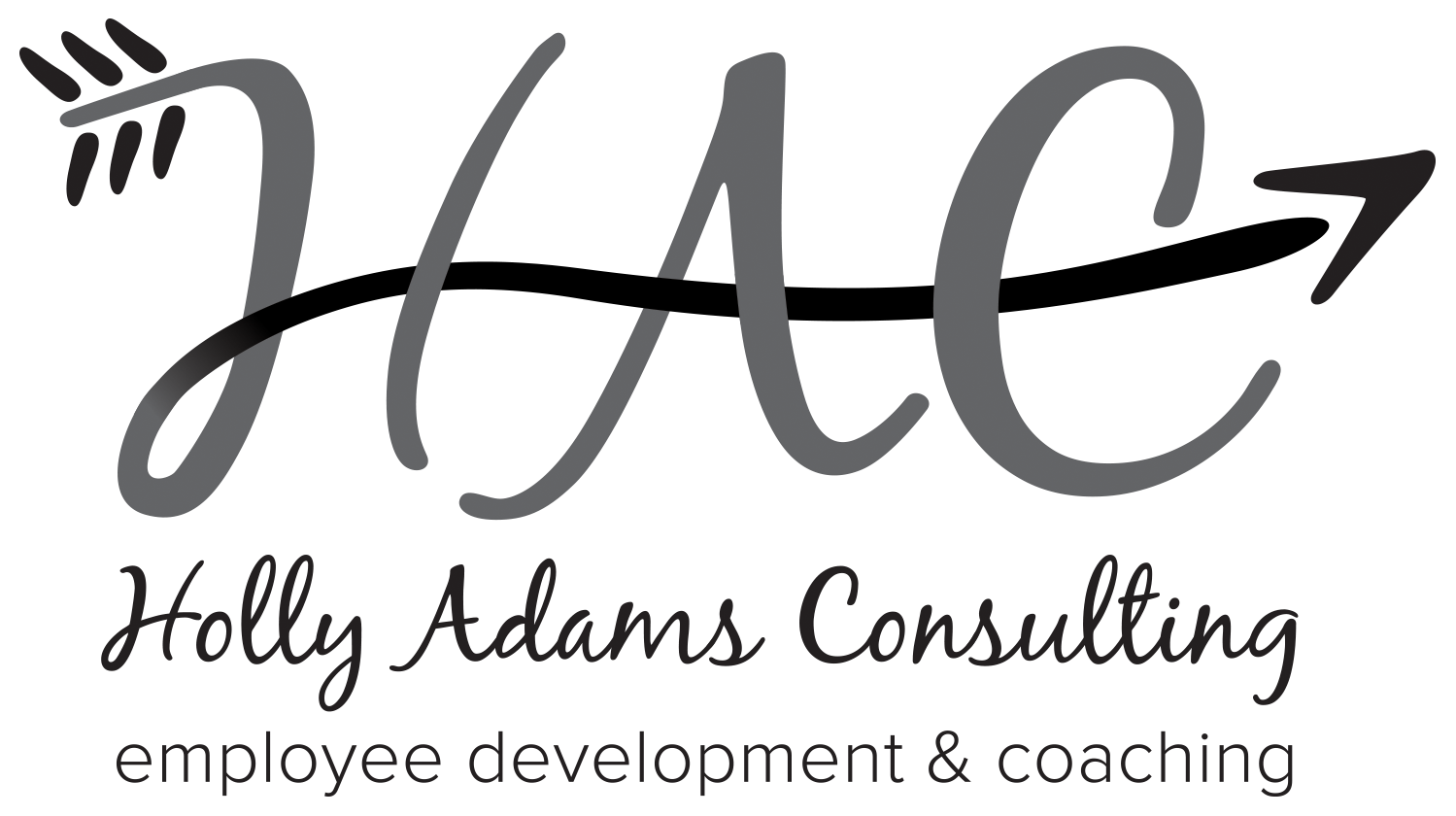Surprises on either side of employment decisions are never ideal.
Recently, I was involved in two discussions around the surprise consequences of another person’s unexpected employment decision.
In one conversation, a friend shared that she was recipient of some new (added) responsibilities because her manager found herself without the approval to replace a position in which an employee had given notice. The perception was that the team was now short-staffed. This meant an already tired and over-worked department was going to struggle to see how the workload would ever be manageable again. Those that had been content with status quo for so long now seemed skeptical instead of hopeful. In the other dialogue, the manager found himself completely taken-aback when a leader on his team gave notice to work for a competitor. The leader was a respected employee with a decent amount of tenure, and the organization had invested richly in his development. Not only was it a shocker that he was leaving, but the fact that he was going to a competitor felt like rubbing salt on an open wound.
When I reflect back on the disappointment both of my friends shared over these employment surprises, it seemed like there should have been some way to mitigate the impact. I don’t know that a perfectly-timed question or conversation could have prevented either surprise, but when I came across an article about employee insights, I know this would have helped.
Gallup recently shared research — “6 Scary Numbers for Your Organization’s C-Suite” — that may have limited the surprise of these employment decisions. They are, in fact, scary numbers, and I encourage you to read more here:
https://www.gallup.com/workplace/244100/scary-numbers-organization-suite.aspx
Let me highlight one scary number in particular:
51% of currently employed adults in the U.S. say they are searching for new jobs or watching for new job opportunities.
Managers, ponder this for a minute. On any given day, about half of your team is either actively looking for a new position or, at the very least, keeping their ears to the ground for new opportunities. Does this research impact your day-to-day interactions with your team? Maybe you don’t have the resources to connect with every single employee on a regular basis about their future. But given this data, the turnover – and the impact of the turnover – on your team should not be surprising. Please consider incorporating a question in your regular meetings to gauge employee satisfaction. In all fairness, I don’t believe it’s completely the manager’s responsibility to ensure the opportunity for this communication to take place. Employees (and I realize each employee/manager relationship is unique) are you giving your manager and/or organization the chance to adjust to your strengths? Have you considered checking in on your own satisfaction level?
I don’t advise providing a list of needs to your manager, but I am encouraging you to do some research around your own strengths, contribution and values and consider what adjustments could be made to ensure you are in your sweet spot of contribution and satisfaction as much as possible.
Employment surprises can be mitigated when employees and managers are willing to engage in conversations around employee satisfaction. The knowledge that half of your team or half of your colleagues are open to positions in other organizations makes it pertinent to participate in conversations that brainstorm opportunities to further engage in employee strengths.
Managers – What are you doing to mitigate the risk of a surprise departure?
Employees – What are you doing to give your manager/organization the chance to make adjustments?
https://www.linkedin.com/in/holly-adams-54b1b914/
https://www.facebook.com/HollyAdamsConsulting/



